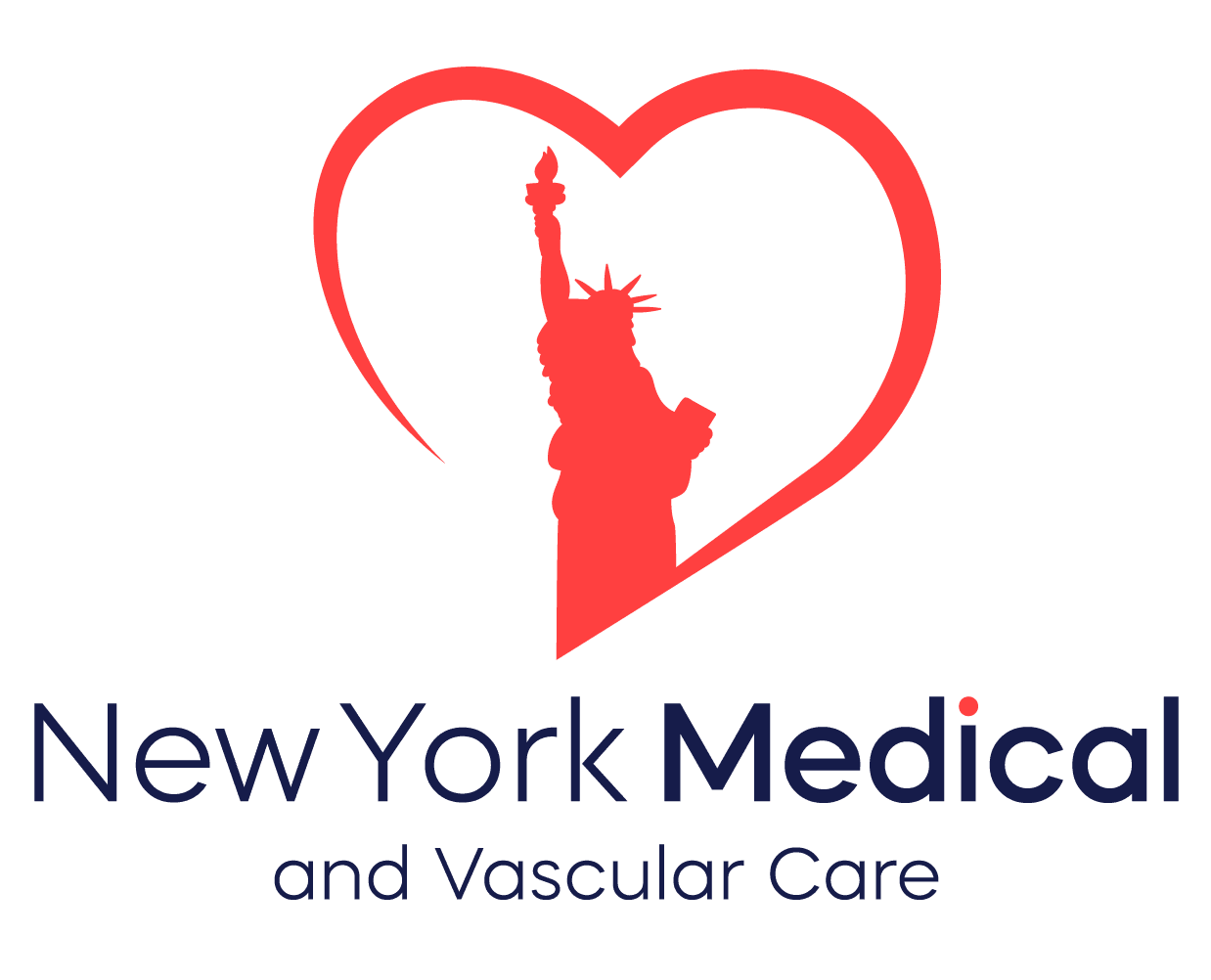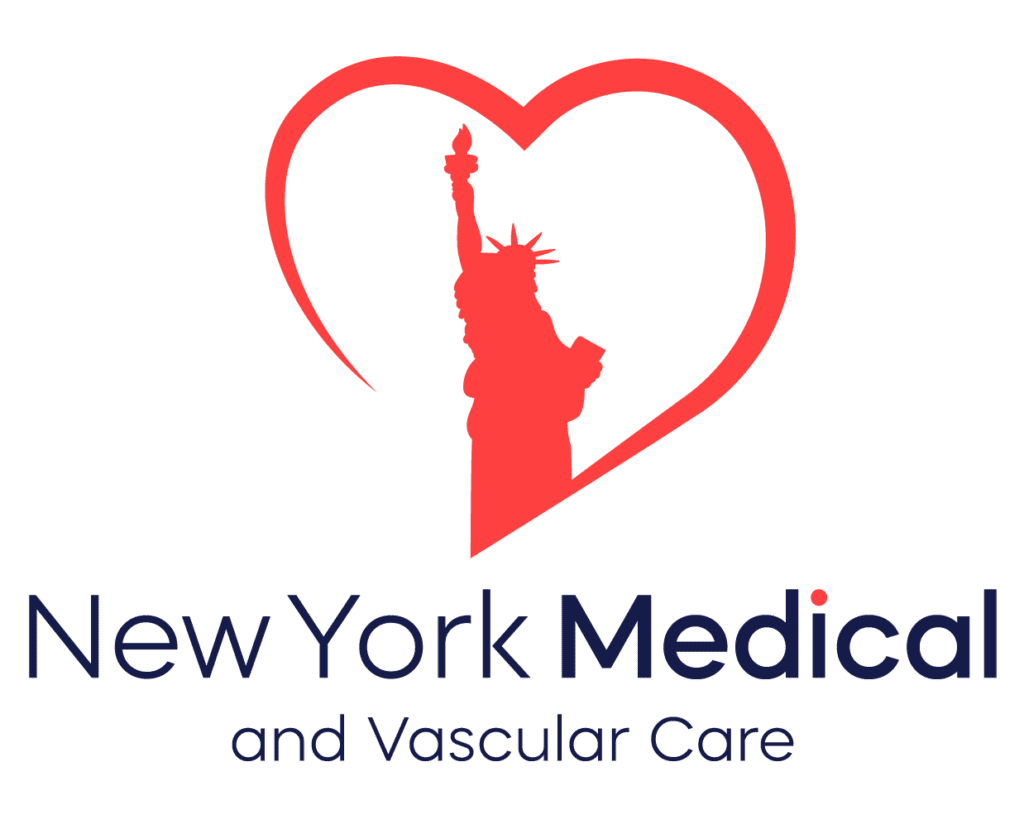Introduction
Traditional approaches to chronic knee, hip, or shoulder pain—cortisone shots, opioid pills, and eventual joint-replacement surgery—leave many New Yorkers searching for better answers. Regenerative medicine, an umbrella term for treatments such as platelet-rich plasma (PRP), bone-marrow stem cells (BMAC), and micro-fragmented adipose tissue, aims to repair rather than merely mask damage. NYMVCare’s pain-management specialists in Brooklyn and Queens now offer carefully vetted regenerative therapies that may restore mobility, reduce inflammation, and postpone—or even eliminate—the need for surgery. Here’s what every patient should know.
1. Why Joints Break Down
Cartilage has almost no blood supply; once injured, its healing capacity is limited. Everyday factors that accelerate degeneration in NYC residents include:
- High-impact commutes—stairs in subway stations and miles of walking on concrete.
- Sedentary desk jobs—weak muscles transfer excess load to joints.
- Old sports injuries—untreated ACL tears or rotator-cuff strains predispose to early arthritis.
- Metabolic inflammation—obesity and diabetes speed cartilage breakdown.
When cartilage thins, bones rub together, causing pain, stiffness, and swelling. Regenerative injections aim to deliver growth factors or cellular building blocks directly to worn tissue, kick-starting natural repair.
2. Platelet-Rich Plasma (PRP): First-Line Biologic Therapy
How it works
A small sample of your blood is spun in a centrifuge, separating platelets and plasma from red cells. The resulting concentrate—often 4–5× baseline platelet count—contains growth factors (PDGF, TGF-β, VEGF) that:
- Reduce inflammatory cytokines
- Stimulate collagen synthesis
- Recruit local stem cells to the injury site
Evidence snapshot
Randomized trials in 2024 showed PRP injections provide up to 12 months of pain relief in mild-to-moderate knee osteoarthritis—outperforming hyaluronic-acid viscosupplementation by ~30 % in WOMAC pain scores.
Who benefits most?
Active adults under 65 with early cartilage wear, tennis or runner’s-knee tendinopathies, or partial rotator-cuff tears.
Procedure at NYMVCare
- Baseline ultrasound pinpoints pathology.
- Blood draw → centrifuge (15 min).
- Ultrasound-guided injection ensures precise placement in the joint or tendon sheath.
- Post-injection protocol—48 h rest, then graduated physical therapy.
3. Stem-Cell Therapies: Beyond PRP
A. Bone-Marrow Aspirate Concentrate (BMAC)
- Source —harvested from the posterior iliac crest under local anesthesia.
- Cell types —mesenchymal stem cells (MSCs), hematopoietic progenitors, cytokine milieu.
- Indications —moderate degenerative joint disease, focal cartilage defects, avascular necrosis (early stage).
B. Micro-Fragmented Adipose Tissue (MFAT)
- Source —mini-liposuction from abdominal fat; mechanically processed (no enzymes) to preserve stromal vascular fraction.
- Advantages —higher MSC yield per cc than marrow in adults over 50; minimally painful harvest.
- Regulatory note —classified as FDA 361 “same surgical procedure” if minimally manipulated and autologous.
C. Emerging Exosome Products
- Nano-sized vesicles rich in mRNA and proteins; early 2025 pilot trials suggest anti-inflammatory effects.
- Currently available only within FDA-approved Investigational New Drug (IND) studies—NYMVCare can refer eligible patients to partner trial sites.
4. Safety & Regulatory Landscape
- Autologous PRP and MFAT are considered low-risk when processed and re-injected in the same surgical setting.
- Culture-expanded MSCs (grown in labs) are NOT FDA-cleared in the U.S.; NYMVCare does not offer or endorse offshore procedures.
- Minor side effects include soreness and transient swelling; infection risk < 0.1 % with sterile technique.
5. Real-World Results in Brooklyn & Queens
| Treatment | Average Pain Reduction (VAS) | Return-to-Sport Rate | Surgery Postponed |
| PRP (knee OA) | 40 % at 6 mo | 72 % for runners | ≥18 mo delay in TKR for 2/3 of candidates |
| MFAT (shoulder OA) | 35 % at 6 mo | 68 % overhead athletes | 1yr delay in arthroplasty for 60 % |
| BMAC (hip AVN stage I–II) | 30 % at 12 mo | — | 75 % avoided core-decompression surgery |
(Data from NYMVCare registry, 2023–24 cohort; outcomes tracked via WOMAC and HOOS scores.)
6. Integrating Regenerative Therapy Into a Complete Care Plan
- Accurate diagnosis—MRI, weight-bearing x-ray, or high-resolution ultrasound differentiate cartilage loss from meniscal tear or synovitis.
- Correct patient selection—younger biological age, BMI < 35 kg/m², and early disease predict better outcomes.
- Rehabilitation synergy—joint-specific physical-therapy protocols optimize load distribution and muscle support.
- Lifestyle upgrades—anti-inflammatory diet (Mediterranean), weight reduction, and glucose control extend injection benefits.
7. Frequently Asked Questions
Q: How long do results last?
A: PRP relief averages 9–12 months; stem-cell procedures can last 18–24 months or longer, depending on injury severity and adherence to rehab.
Q: Is the procedure painful?
A: Most patients describe PRP as similar to a flu shot. BMAC harvest can cause brief pelvic soreness; MFAT uses tumescent anesthesia, so discomfort is mild.
Q: Are these treatments covered by insurance?
A: PRP is sometimes reimbursed by commercial insurers for tendon disorders but rarely for arthritis. Stem-cell procedures are typically self-pay. NYMVCare offers transparent package pricing and HSA guidance.
Q: Can regenerative injections replace joint-replacement surgery?
A: They can delay or, in early stages, prevent the need for surgery. Advanced bone-on-bone arthritis usually still requires arthroplasty.
Q: How many injections will I need?
A: PRP: 1–3 sessions spaced 4–6 weeks apart. Stem-cell therapies: usually a single harvest/injection plus optional PRP booster at 6 months.
8. Next-Generation Innovations on the Horizon
- Gene-edited MSC lines resistant to senescence (Phase I in 2025).
- Biodegradable hydrogel scaffolds that anchor cells inside cartilage defects.
- Wearable biosensors tracking joint-load asymmetry to customize post-injection rehab.
NYMVCare participates in multi-site registries to monitor safety and efficacy, ensuring our protocols evolve with the evidence.
9. How to Get Started at NYMVCare
- Schedule a Regenerative Joint Evaluation at our Avenue X or Astoria clinic.
- Bring imaging (MRI or x-ray); if unavailable, we can order same-day scans.
- Discuss goals—return to running, avoid opioid medications, delay surgery.
- Receive a personalized plan outlining procedure options, costs, and rehab timeline.
Conclusion
Regenerative medicine offers hope to thousands of New Yorkers sidelined by chronic joint pain but hesitant about surgery. Whether it’s injecting your own platelet growth factors or delivering stem-cell–rich adipose tissue, these therapies aim to heal, not just hide, the problem. NYMVCare’s board-certified pain specialists combine rigorous science with compassionate care—helping Brooklyn and Queens residents walk, run, and live pain-free again. Ready to explore your options? Book a consultation today and rediscover movement without the knife.


